When in the states do remember to visit some of the most beautiful and heritage sites in the world

Mammoth Cave National Park
The USA is home to 22 of the 981 UNESCO World Heritage Sites across the globe. These sites are designated for their universal value in natural or cultural heritage and are places as unique and diverse as East Africa’s Serengeti, the Pyramids of Egypt, the Great Barrier Reef in Australia and the Grand Canyon in the USA.
ADVERTISEMENT
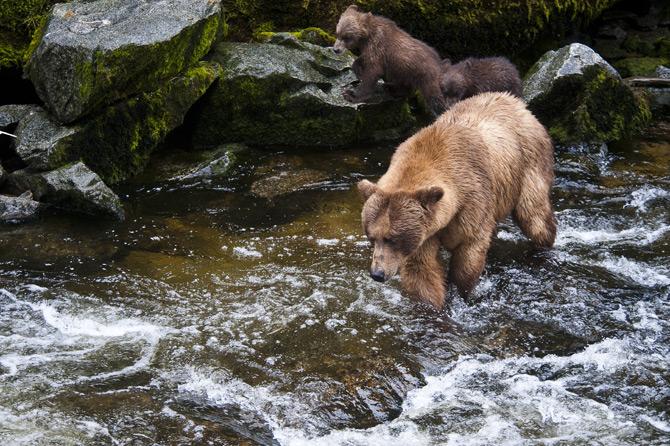 Wrangell St. Elias
Wrangell St. Elias
Kluane/Wrangell-St. Elias/Glacier Bay/Tatshenshini-Alsek, Alaska and Canada- Designated a World Heritage Site in 1979
These parks are an impressive complex of glaciers and high peaks on both sides of the border between Canada and the USA. Glacier Bay features the largest non-polar ice field in the world and contains examples of some of the world’s longest and most spectacular glaciers.
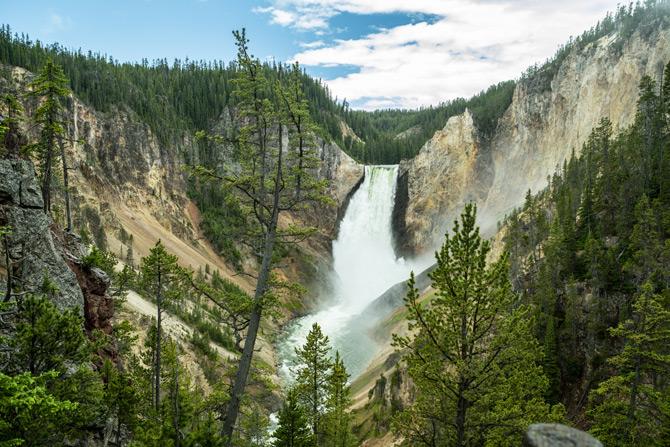
Grand Canyon National Park
Grand Canyon National Park, Arizona- Designated a World Heritage Site in 1979
The Grand Canyon has been referred to as one of the Seven Natural Wonders of the World and is being formed even today by the Colorado River, which charted its course about 17 million years ago. With nearly 5 million people traveling to the Grand Canyon National Park each year, visitors are encouraged to review the many options, on how and where to access this magnificent canyon.
Redwood National and State Parks, California- Designated a World Heritage Site in 1980
Home to the oldest and tallest trees on earth, the redwood forest in this area hosts remnants of a group of trees that have existed for 160 million years. The park also protects vast prairies, oak woodlands, wild riverways and nearly 64 kilometers of pristine coastline. Together the National Park Service and California State Parks manage these lands.
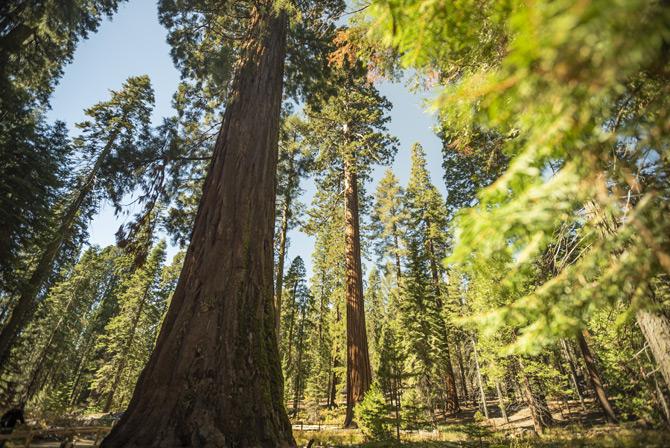 Yosemite National Park
Yosemite National Park
Yosemite National Park, California- Designated a World Heritage Site in 1984
In the heart of California, this park offers a dramatic landscape and awe-inspiring views. With its hanging valleys, many waterfalls, cirque lakes, polished domes, moraines, and U-shaped valleys, Yosemite National Park provides an excellent example of granite monoliths shaped by glaciation.
Mesa Verde National Park, Colorado- Designated a World Heritage Site in 1978
The exceptional archaeological sites of the Mesa Verde National Park landscape, provide testimony to the ancient cultural traditions of Native American tribes and are among the best preserved in the USA. They represent a graphic link between the past and present ways of life of the Puebloan Peoples of the American Southwest. The park protects nearly 5,000 known archeological sites, including 600 cliff dwellings.
 Everglades National Park
Everglades National Park
Everglades National Park, Florida- Designated a World Heritage Site in 1979
The largest subtropical wilderness in the USA, the 1.5 million-acre Everglades National Park provides important habitat for numerous rare and endangered species, including the manatee, the American crocodile, and the elusive Florida panther. Camping, boating, fishing, hiking, bird watching, and ranger-guided programs are just a sampling of the activities popular in the Everglades.
Cahokia Mounds State Historic Site, Illinois- Designated a World Heritage Site in 1982
Cahokia was a city like no other at its time. Mississippians who lived here built a variety of structures from practical homes for everyday living to monumental public works that have maintained their grandeur for centuries. The site offers an interpretive center, outdoor self-guided and guided tours, and amenities to keep you fueled for a full day of discovery.
 Yellowstone National Park
Yellowstone National Park
Yellowstone National Park, Idaho, Montana, and Wyoming- Designated a World Heritage Site in 1978
Yellowstone National Park contains half of all the world’s known geothermal features (10,000) and the world’s largest concentration of geysers (more than 300, or two-thirds of all those on the planet). It is equally known for supporting abundant and diverse wildlife such as grizzly bears, wolves, bison and wapitis. Yellowstone is the USA’s first national park and attracts visitors from around the world.
Mammoth Cave National Park, Kentucky- Designated a World Heritage Site in 1981
This is the world’s longest known network of caves and underground passageways with explored areas extending for more than 644 kilometers. Mammoth Cave National Park supports more than 130 species of flora and fauna and provides rich cave-dwelling wildlife habitat. Visitors can engage in cave tours, surface hikes, canoeing, picnicking, horseback riding, bicycling, camping and more. A quick tour of the park’s site before traveling to this destination will help you fully prepare for this underground adventure.
Glacier and Waterton Lakes National Parks, Montana and Canada- Designated a World Heritage Site in 1995
In 1932, Waterton Lakes National Park in Alberta, Canada, was combined with Glacier National Park in Montana, USA, to form the world’s first International Peace Park. Experience the pristine forest, alpine meadows, rugged mountains and spectacular lakes of this area. More than 1,125 kilometers of trails also offer a hiker’s paradise across this dramatic and breathtaking landscape.
Carlsbad Caverns National Park, New Mexico- Designated a World Heritage Site in 1995
Beneath this rugged land of rocky slopes and canyons, cactus, grass, thorny shrubs and the occasional tree in Carlsbad Caverns National Park are more than 118 known caves all formed when sulfuric acid dissolved the surrounding limestone. Carlsbad Cavern is one cave in a fossil reef laid down by an inland sea 250 to 280 million years ago.
Chaco Culture National Historical Park, New Mexico- Designated a World Heritage Site in 1987
This complex collection of monumental public and ceremonial buildings is a testament that their builders had a sophisticated understanding of astronomical phenomena. Visitors to this area may get a deeper sense of life and the connection to people who lived here from about 850 to 1250 by exploring Chaco through guided tours, hiking and biking trails, evening campfire talks and night sky programs.
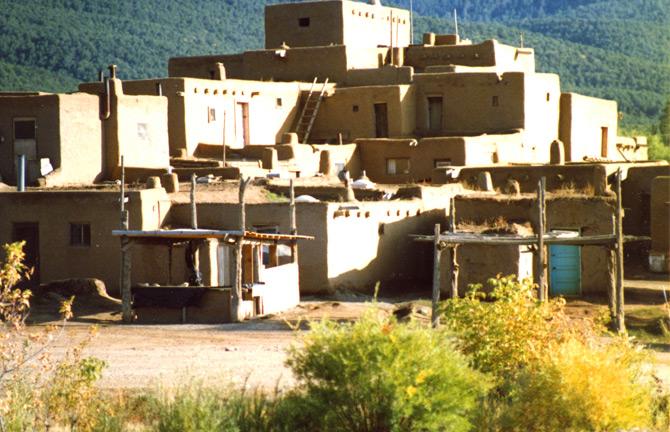
Taos Pueblo
Taos Pueblo, New Mexico- Designated a World Heritage Site in 1992
Situated in the valley of a small tributary of the Rio Grande, the adobe settlement in Taos represents the culture of the Pueblo Indians of Arizona and New Mexico. Adobe dwellings and ceremonial buildings are standing testaments to the enduring culture of a group established in the late 13th and early 14th centuries. Also designated a National Historic Landmark, these multistoried adobe buildings have been continuously inhabited for more than 1,000 years.
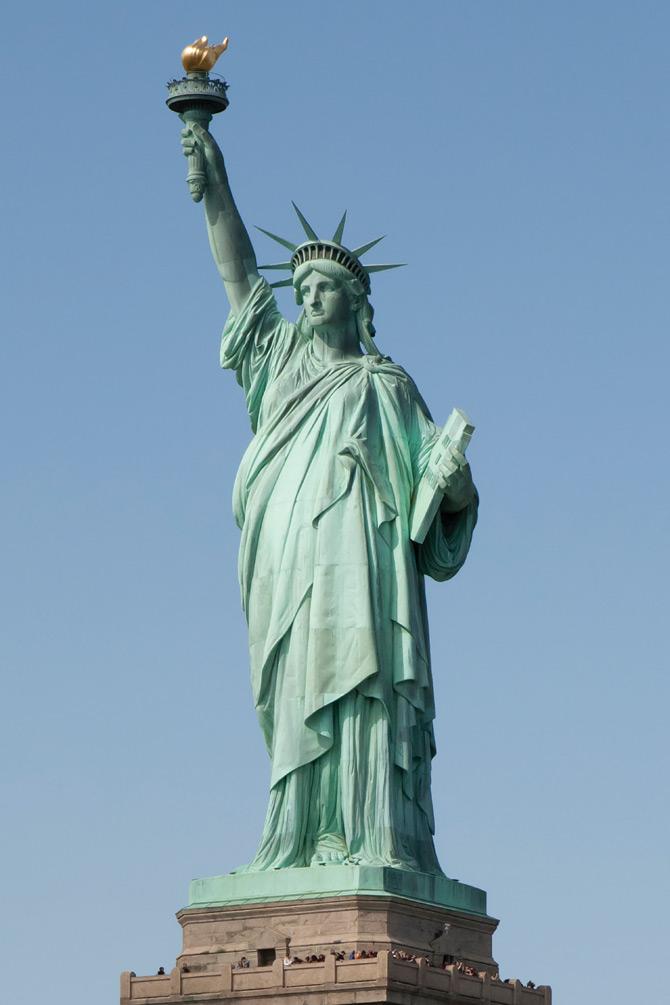
Statue of Liberty
Statue of Liberty National Monument, New York- Designated a World Heritage Site in 1984
The Statue of Liberty Enlightening the World was a gift of friendship from the people of France on the 100th anniversary of U.S. independence in 1876, dedicated on Oct. 28, 1886. Standing at the entrance to New York Harbor, it has welcomed millions of immigrants to the USA ever since.
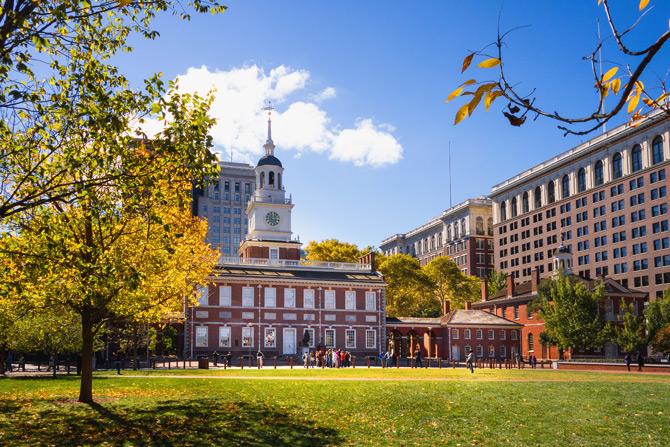 Independence Hall
Independence Hall
Independence Hall, Pennsylvania- Designated a World Heritage Site in 1979
The U.S. Declaration of Independence and Constitution were both signed in this building in Philadelphia, Pennsylvania. The universal principles of freedom and democracy set forth in these documents are of fundamental importance to U.S. history and have also had a profound impact on lawmakers around the world. Visitors can also explore the First Bank of the U.S., Congress Hall, Old City Hall, Franklin Court, and Liberty Bell Center.
La Fortaleza and San Juan Historical Site, Puerto Rico- Designated a World Heritage Site in 1983
This massive fortification of San Juan features the La Fortaleza, the three forts of San Felipe del Morro, San Cristóbal and San Juan de la Cruz. There is also a large portion of the City Wall, built between the 16th and 19th centuries to protect the city and the Bay of San Juan. Visitors to this historic site can join a rangers’ presentation, explore the fortifications, see a video program, and relax and enjoy this attraction in Puerto Rico.
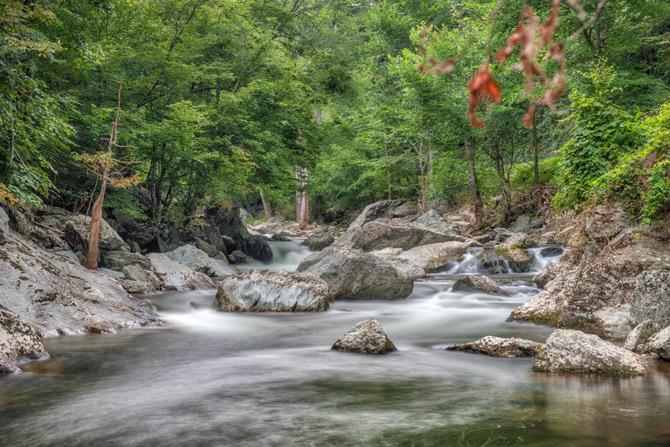
Great Smoky-Mountains National Park
Great Smoky Mountains National Park, Tennessee and North Carolina- Designated a World Heritage Site in 1983
The USA's most-visited national park, the Great Smoky Mountains, features exceptional natural beauty, is home to more than 3,500 plant species and is relatively untouched by human influence. Auto tours, cycling and hiking trails, camping, fishing and best of all, sightseeing, are some of the activities that allow visitors to experience this amazing place.
Monticello and the University of Virginia, Virginia- Designated a World Heritage Site in 1987
Designed by Thomas Jefferson, third president of the USA and author of the Declaration of Independence, Monticello, although a few miles away, is a building at the heart of the University of Virginia. The integration of the buildings into the natural landscape, the originality of the plan and design, and the refined proportions and décor make Monticello an outstanding example of a neoclassical work of art, while the University of Virginia is an outstanding example of a great educational institution from the Age of Enlightenment.
Olympic National Park, Washington- Designated a World Heritage Site in 1981
Olympic National Park features spectacular coastline, scenic lakes, majestic mountains and glaciers, and magnificent temperate rainforest. These diverse ecosystems are like visiting three parks in one. Visitors can begin their experiences at any of the five visitor centers for more details about maximizing this coastal experience.
Catch up on all the latest Crime, National, International and Hatke news here. Also download the new mid-day Android and iOS apps to get latest updates
 Subscribe today by clicking the link and stay updated with the latest news!" Click here!
Subscribe today by clicking the link and stay updated with the latest news!" Click here!






